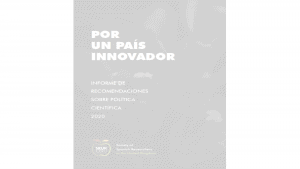The most exciting scientific discoveries are often the result of international collaborations when institutes across the world combine their skills, expertise, and resources – such as the creation of the Large Hadron Collider at CERN. Engaging the public with science is no different: if we work together, we can push the boundaries further.
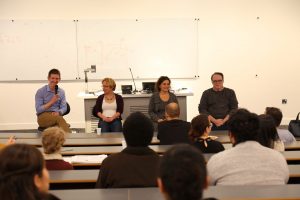
First of all, we need to know the audience that we want to reach. As science communicators, it can be difficult for us to reach audiences with a different knowledge and interest in scientific topics. This is especially true if the scientific concept you are trying to communicate is particularly complex. It is under these circumstances when we should ask ourselves: how can we make our message clearer and easier to understand for a broad audience?
There are a number of groups working hard for this purpose: from researchers to different scientific institutions, as well as public engagement groups at different charities and societies. All these teams are keen to collaborate with each other as they can share expertise, enthusiasm and equipment, attract a new audience or even just gain a fresh perspective when discussing different points of view. Having a multidisciplinary team can help you solve problems more effectively as well as to better design events to reach a wider audience with different backgrounds. That is the case of many groups and projects, such as our collaboration between the British Science Association (BSA) Sheffield branch and the Society of Spanish Researchers in the UK (SRUK).
Once this collaboration has been established, it is crucial to find ways to engage your audience and show them how relev
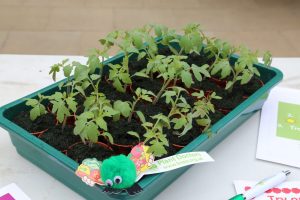
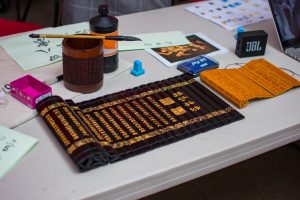
ant your science is. That is when the range of expertise from everyone involved in the project counts. One simple way is to show the audience the impact of the science topic you want to talk about. For instance, why not start by talking about food if you want to introduce the public to the science of plant disease? Even better, why not talk about the science behind a bilingual brain if you live and work in a multicultural environment? These are only a few examples of how we could find “shortcuts“ to make science more approachable for the general public, so they can easily understand and enjoy it.
In addition, the enthusiasm and energy that the different groups collaborating in the same project bring with them can really help to launch them and attract more people to join them. This generates a positive double effect where you have an audience attracted by a scientific topic and a group of people who love science and can develop the project. In this way, we can prove that collaborating in the world of public engagement and outreach can have an enormously positive effect, allowing us to disseminate science through attracting new audiences and volunteers.
Working together is a key to success, as it has been demonstrated by many partnerships between local groups, charities, universities, etc. These collaborations help attract more diverse and larger audiences we may not have been able to reach otherwise. Thanks to this, it is even possible to connect with people who may think that science is not for them (e.g: people with mental health conditions, children, elderly people). Also, having a diversity of experience, perspectives, knowledge. and opinions going into designing an activity or event can help to make the audience feel confident and interested about the topic so that they get the most out of the event. In addition, every member of a public engagement and outreach project can be benefit from the skills, experience and enthusiasm that other members and volunteers from the team have brought .
Hopefully, these kinds of close relationships will continue into the future. Together, we can positively show that science is able to reach not only scientists but also the general public. Besides, science is always better (and much more fun!) when we work together.
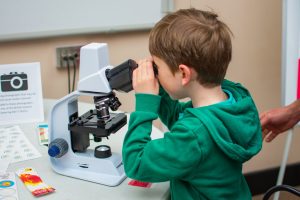
By Dr Margarita Segovia-Roldán, Dr Caitlin Higgott and Dr Caroline Wood.Researchers at the university of Sheffield and members of the Society of Spanish Researchers in the UK (SRUK/CERU) and the British Sciences Association (BSA)-Sheffield branch.
More info:



